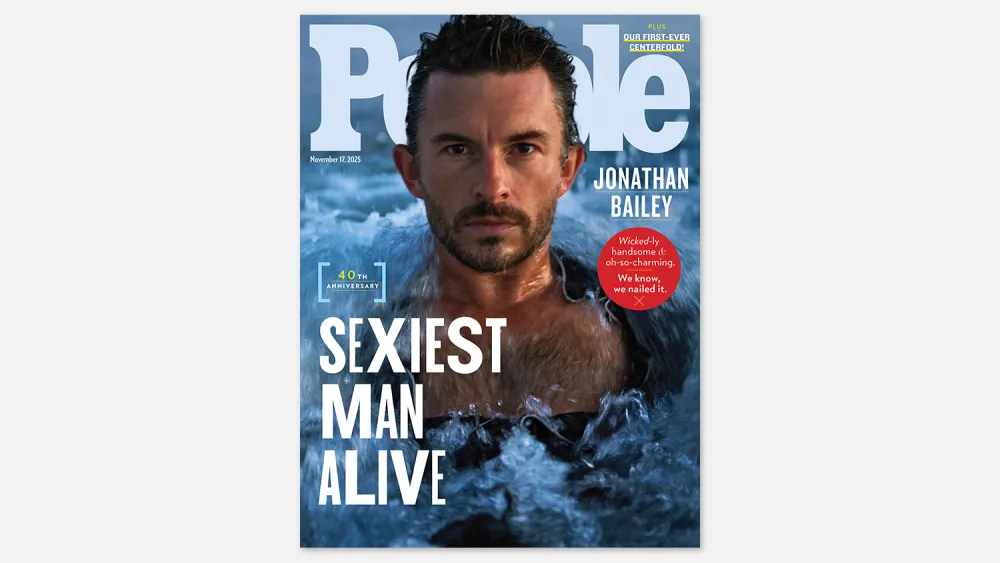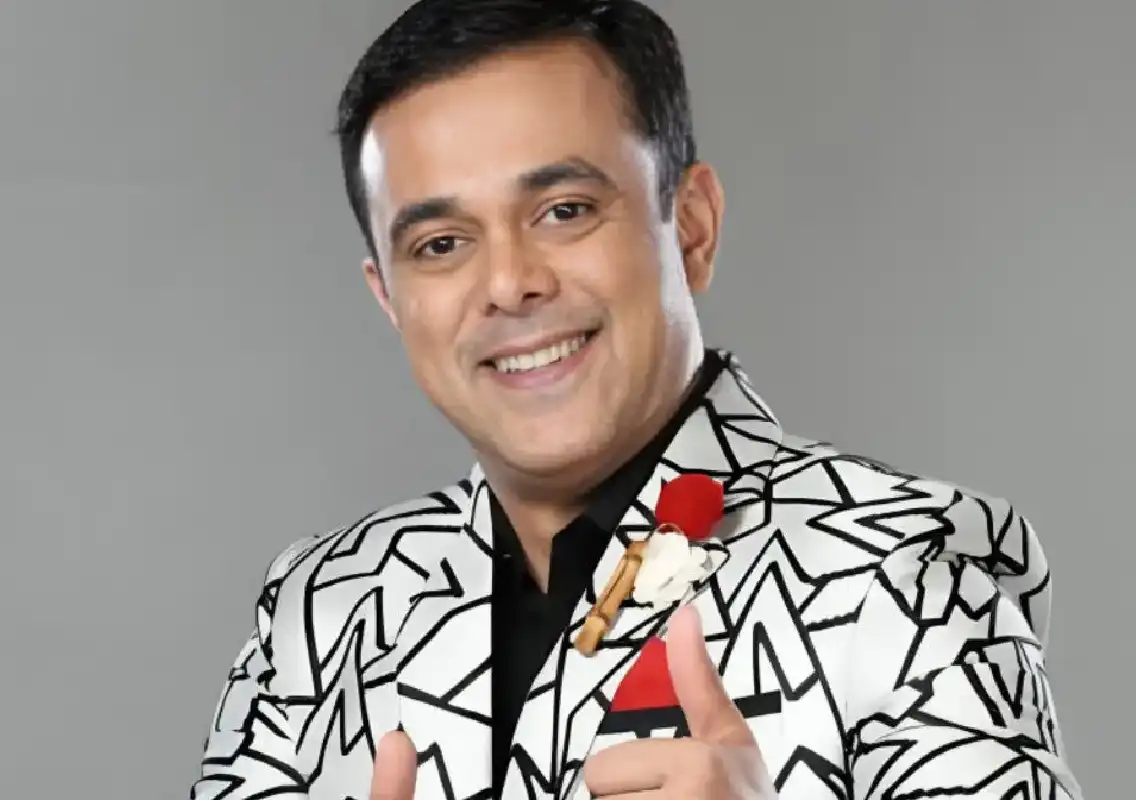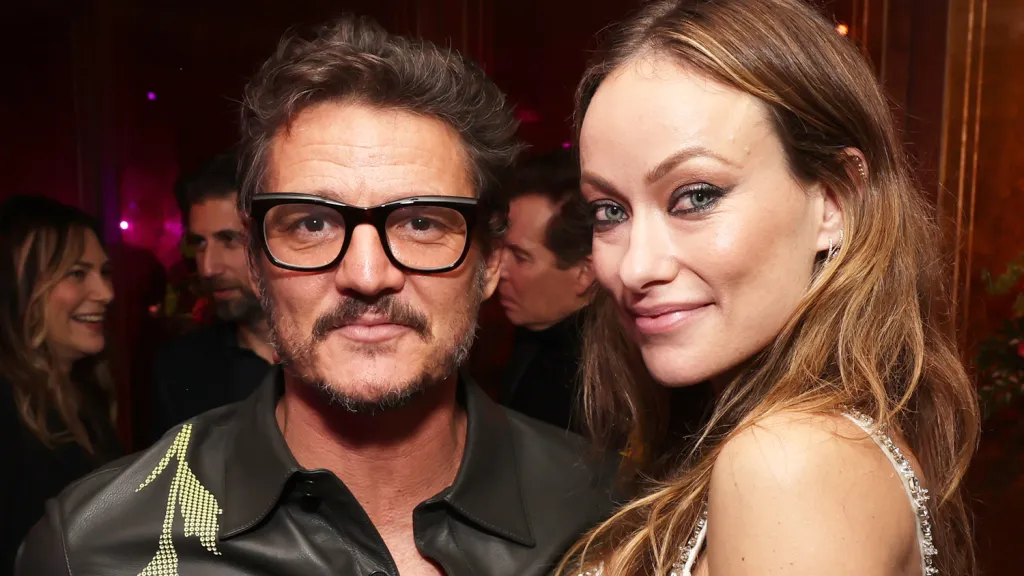Copyright Variety

One of my first assignments when I started working in entertainment journalism at the now-defunct movie magazine Premiere was to interview Nathan Lane for “The Birdcage.” It was for a section in the magazine called “In the Works,” where we published a first-look image from a film with a 300-word article. An English-language adaptation of the 1978 French comedy “La Cage Aux Folles,” “The Birdcage” stars Lane as Albert, a professional drag queen whose partner Armand is played by Robin Williams. Albert is asked to leave their house for a night when their son (Dan Futterman) comes home and plans a family dinner for his fiancé (Calista Flockhart) and her right-wing politician dad (Gene Hackman) and mom (Diane Wiest). All hell breaks loose when Albert shows up masquerading as Armand’s wife in full conservative middle-aged woman drag. This was 1996. The Mike Nichols-directed movie was a watershed moment for gay representation on film. It was a mainstream movie made by a major studio. At the time, heterosexual Williams was called “brave” and “courageous” for playing a gay role. Lane, on the other hand, wasn’t an out gay actor back then. I was told by publicists before my phone interview with Lane that I could not ask him anything about his personal life. In other words, there would be no questions about him being a gay man playing a gay man. Lane came out publicly three years later, inspired to tell his truth following the brutal murder of Matthew Shepard. A lot has changed in the 30 years since my no-personal-questions interview with Lane. LGBTQ representation in Hollywood in front of and behind the camera has increased and progressed in ways I never could have imagined three decades ago: From Ellen DeGeneres, “Will & Grace” and “The L Word” to Anderson Cooper and Robin Roberts; from “Philadelphia” and “Brokeback Mountain” to “RuPaul’s Drag Race” and “All of Us Strangers.” In 2025, we’ve had “The History of Sound,” “The Wedding Banquet” remake, “Pillion” and “Boots.” The list can go on and on. And now, just last night, People magazine crowned Jonathan Bailey as this year’s “Sexiest Man Alive.” The title is a frivolous one. It’s an achievement based on one’s physical appearance. Sure, Bailey is, as Ariana Grande said in a video congratulating her “Wicked” co-star, “the kindest and the most brilliant and beautiful inside as well,” but let’s face it, he would not be on the cover of People this week if he didn’t have movie-star looks. His many thirst trap photo shoots over the last few years certifying his status as an “internet boyfriend” only helped seal the sexiest deal. But what’s most significant in this year’s pick is the milestone that Bailey is the first openly gay man to be chosen by People for its legacy franchise. One cover features Bailey submerged in water with just his smizing face and glistening wet hair and skin captured by the photographer. Another cover features him shirtless and holding his dog. Inside the magazine, he lays on the beach, his chiseled six-pack on full display. Gay-coded photos include Bailey in a spandex singlet and another one of him licking an ice pop. But let’s forget about the physical looks for a moment and understand what it really means to have Bailey as the Sexiest Man Alive. Oh, how I would have loved to have and actor like Bailey to look up to when I was kid. To be a young person today and see Bailey being celebrated can go a long way in letting them know that it’s OK to be who you are and dream big. Visibility matters. Visibility can help save lives. The Sexiest Man Alive will not erase the homophobia that is at the root of so many bullies’ physical and emotional torment of kids who are queer. Bailey’s photo shoot and videos won’t stop the political attacks on the LGBTQ community. Bailey’s visibility may make some, if not many, homophobes dig their heels in even deeper because his presence, fame and sex appeal are a threat to their twisted narratives that gay people are a danger to society. But Bailey’s visibility can chip away at some of the homophobia as well as the isolation and fear that so many LGBTQ kids continue to face no matter how much progress has been made. And that’s what really matters. In May 2024, on the Met Gala red carpet, I interviewed Bailey about his then-upcoming cameo on “Heartstopper,” the groundbreaking Netflix series about gay teens. “I wish I had that growing up,” Bailey told me about the show, continuing, “It’s not just for our community. It’s for every person who is a member of a family who has a member of the LGBT+ community. It helps all of us.” The same could be said about this year’s Sexiest Man Alive: He is helping all of us.


![[Watch] Hong Kong’s Most Cherished Supporting Star Hui Siu-hung Loses Cancer Battle At 76](https://d2731bbzmt3wpb.cloudfront.net/news/image/us-west-2:25d97050-7aa7-43a6-a623-8fb02e6af97e/20251029/6e09354b138c48cea14ab8ebcd85562c.jpg)
